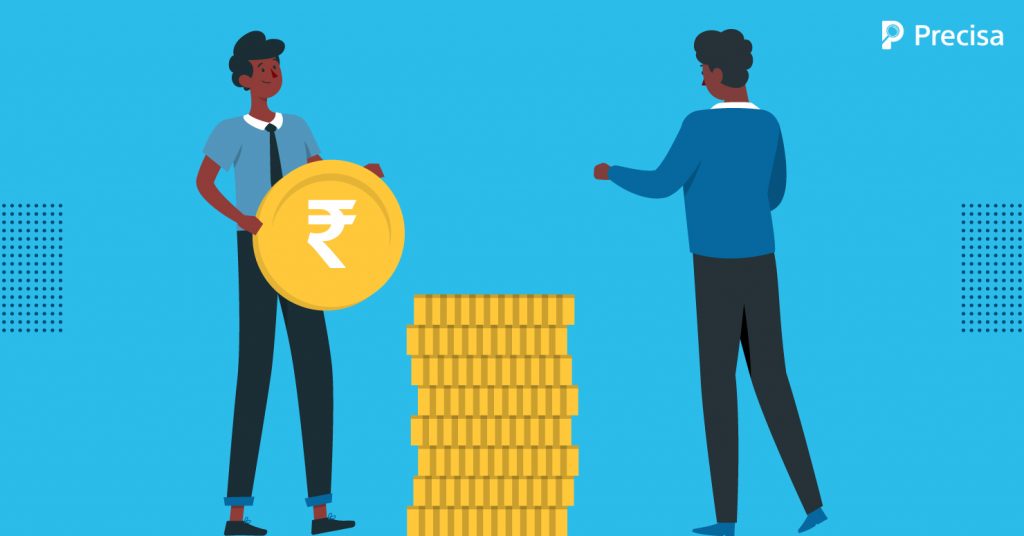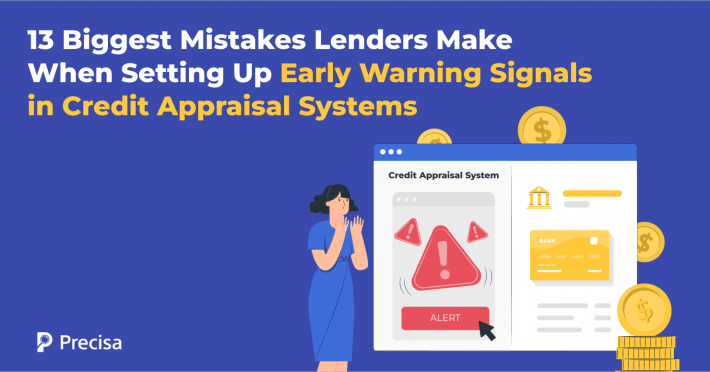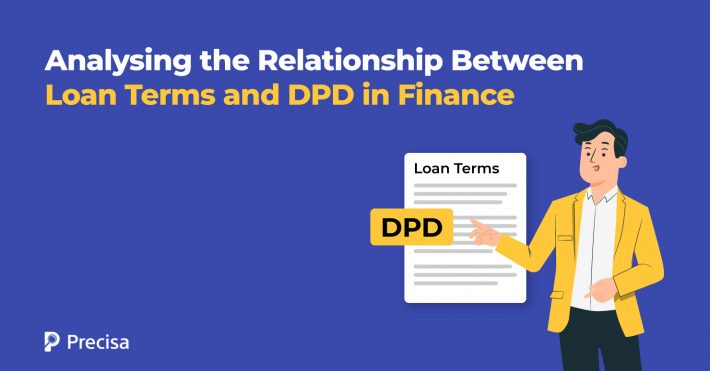Propagating Financial Inclusion for the Underserved in India

The terms underserved or unbanked refer to sections of a population with no access to banking services or financial institutions. These groups of people usually belong to vulnerable and low-income segments of society and are excluded from the robust financial infrastructure that the remainder of society enjoys.
Despite supposedly easy access to financial products and services in developed cities, the reality is that these luxuries are non-existential in remote parts of the country. Without the means to break out of the poverty cycle, or plan financially, excluded sections of society tend to remain vulnerable, exploited, and poor.
In short, financial exclusion is costly for both the people whose lives and futures are impaired and for a nation’s economic growth and development.
Then what is the Cause of Financial Exclusion?
Financial exclusion is the result of many factors. When we consider the Indian context, the vastness, and diversity of our country that are the source of our strength, are equally our downfall.
The sheer contradictory nature of the types of lives Indians lead, highlights the glaring disparity in education and income levels across the nation. Additionally, a lack of surplus income, basic documents, and awareness regarding financial products exacerbate the problem of financial exclusion.
Why Is Financial Inclusion Important?
According to the World Bank, ‘financial inclusion is a key enabler to reducing poverty and boosting prosperity’. Indeed, with higher financial inclusion, the financial system of a country is stabilised and enhanced.
This not only supplements the availability of economic resources but consistently bolsters the economy by encouraging grass-root changes in the ways that poorer parts of the population approach the concept of savings and credit usage.
Furthermore, by working from the ground up, financial inclusion can reduce income inequality, eradicate poverty, and reduce the socioeconomic gaps that plague different segments of society.
Also read: Digitisation of Banks: New Business Opportunities for Fintechs?
What Are The Main Objectives of Financial Inclusion?
The proper execution and propagation of financial inclusion intends to:
- Make financial services and products (loans, insurance, fund transfers, deposits, etc.) affordable and easily accessible.
- Establish well-regulated and widespread financial institutions that are adaptive to people’s needs.
- Build, maintain and propagate a financial framework that allows the less fortunate to have access to financial certainty and credit opportunities.
- Improve financial literacy and awareness, promoting technological connectivity between remote communities and the rest of society.
What are Some Policy Changes and Initiatives Put into Place?

Governments and policymakers understand the importance of financial inclusion and the need to consistently bring more of the population into the fold of financial security.
Strategic, collaborative efforts between financial regulators, educational ministries, and telecommunication giants are what push the mission forward. A variety of projects and solutions have emerged to combat financial exclusion. Let’s look at some of the most influential branches through which Financial Inclusion is facilitated:
1. Schemes
Governmental programs aim to spearhead the mission of financial inclusion through the mass democratisation of financial access. Prime examples include the Kissan Credit Distribution Scheme, Pradhan Mantri Jan Dhan Yojana (PMJDY), and Pradhan Mantri Mudra Yojana (PMMY).
2. Fintech
Partnerships between banks, fintech companies, and NBFCs help lower the cost barriers that unbanked populations often face. Fintech solutions bring banks closer to customers and close the last-mile gap by leveraging the use of smartphones to allow financial access. Successful solutions have included mobile banking applications, online loan applications, and digital payment platforms.
3. Education
Financial literacy and awareness are major cornerstones to ensuring inclusion. Financial Literacy Centres (FLCs) have been advised to continue to set up centres in rural areas and to work together with bank branches to conduct awareness sessions with underserved communities.
4. Identification and Documentation
The Aadhar card system has proved to be an incredibly useful asset in identification and authentication. It has also encouraged a more flexible and digital KYC system that allows people to have access to banking services and financial security without further documentation.
5. Linguistics and Tailor-Made Products
Initiatives to drive financial inclusion are rendered even more impactful when the medium of communication is considered. Unbanked populations are far more likely to be receptive to and open to learning from initiatives and products that are delivered in vernacular languages. Targeting an untouched sector requires adaptation to different needs.
6. Infrastructure
On the road to realising complete financial inclusion, infrastructure plays a critical role at every stage. From temporary brick and mortar bank structures to electricity lines, internet cables, and online or remote platforms and services, virtual and physical connectivity are extremely important.
Final Thoughts
Going forward, the success of financial inclusivity will depend largely on how well financial institutions are able to increase their customer bases both online and offline in rural and remote areas.
Fintech will be a significant contributor along this journey and will be a key player in the continued transformation of the credit, lending, and borrowing landscape.
Precisa is one such fintech that is transforming the banking space with its robust bank statement analyser, helping lenders determine creditworthiness in a jiffy. Contact us to know more about the services we provide.



